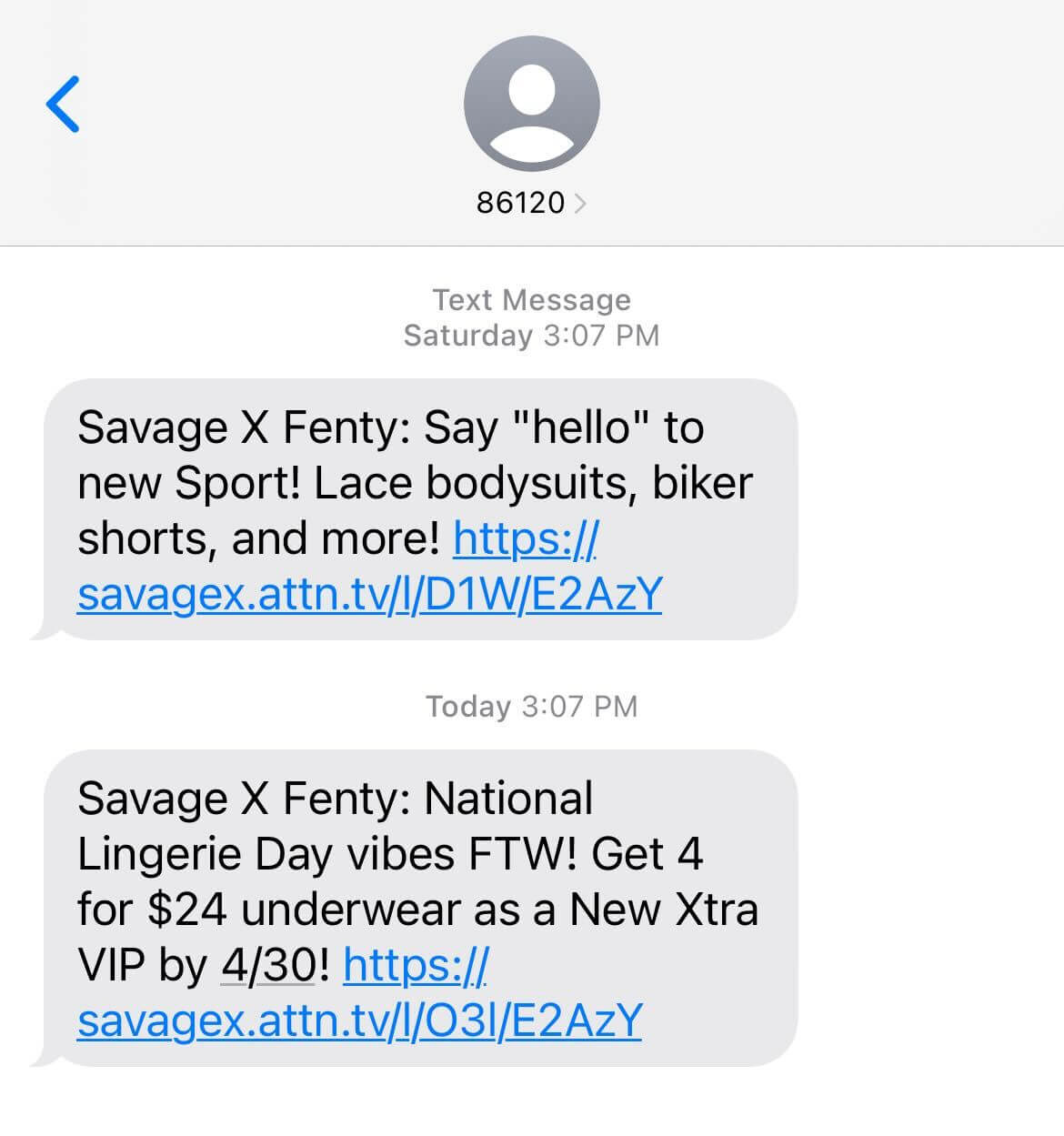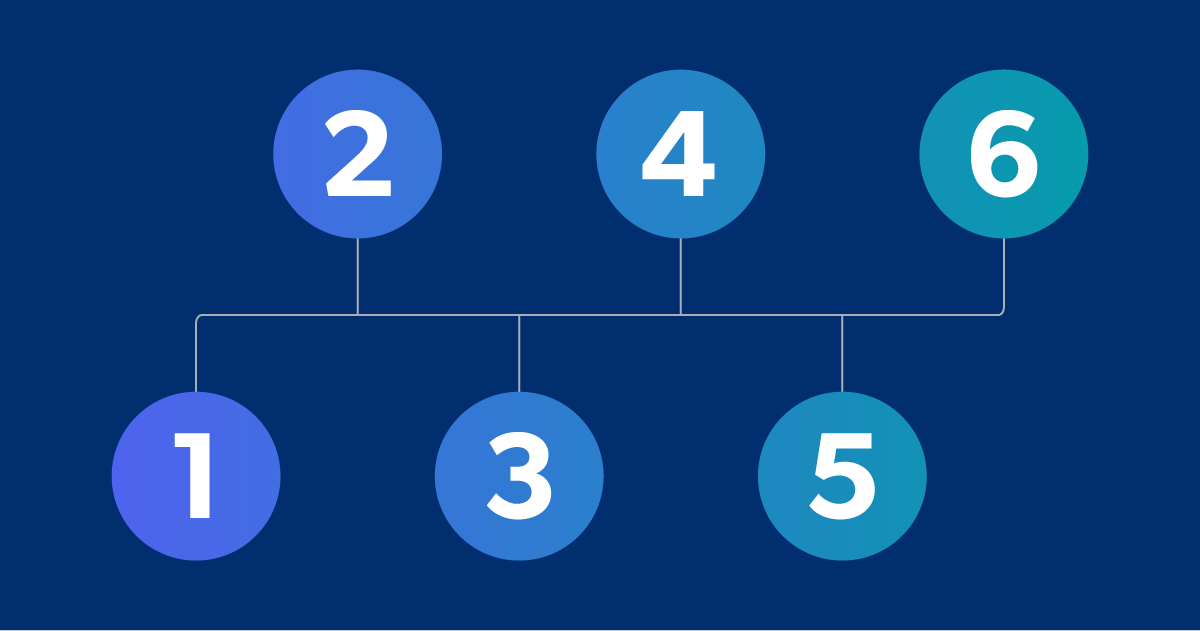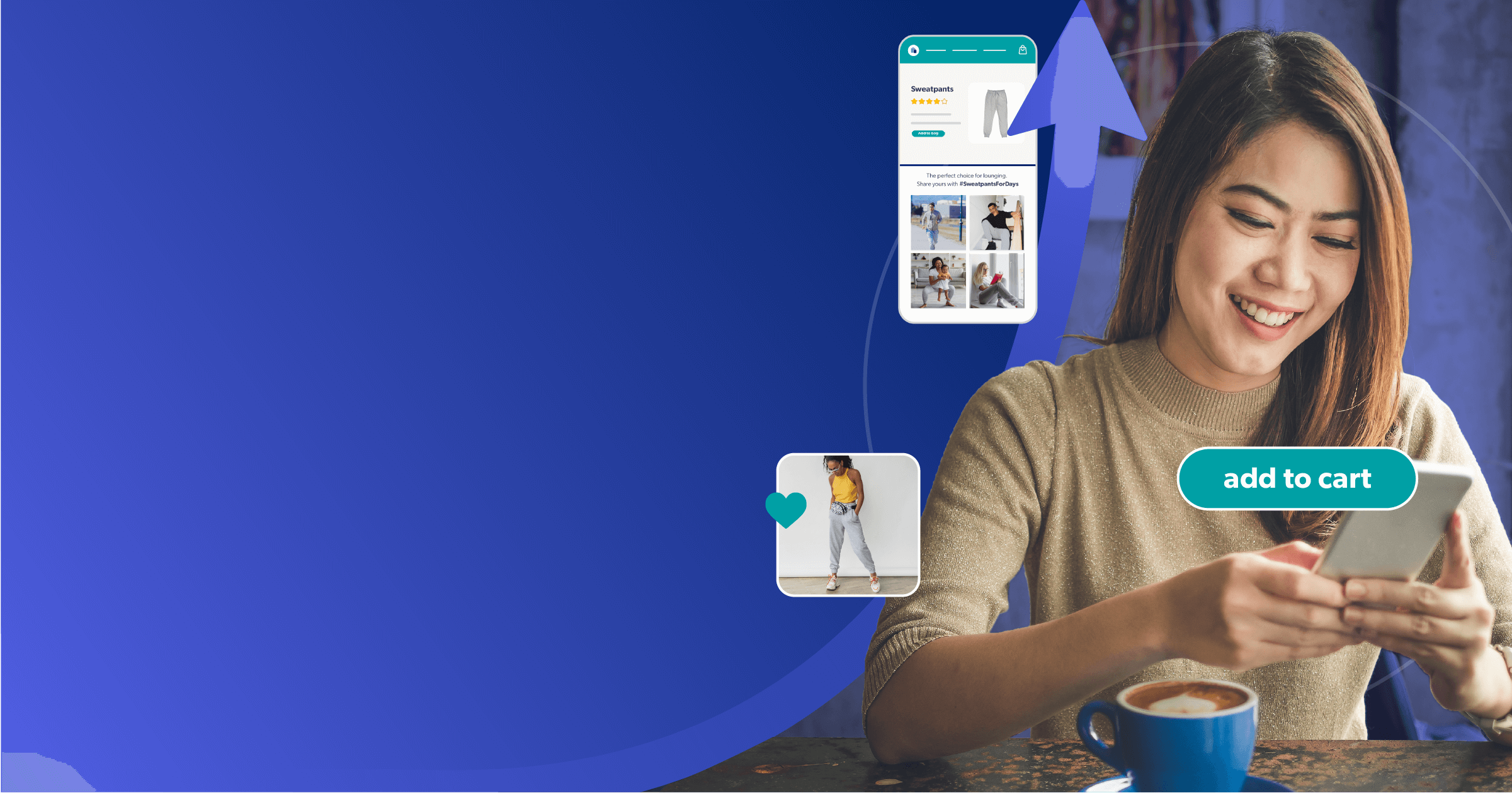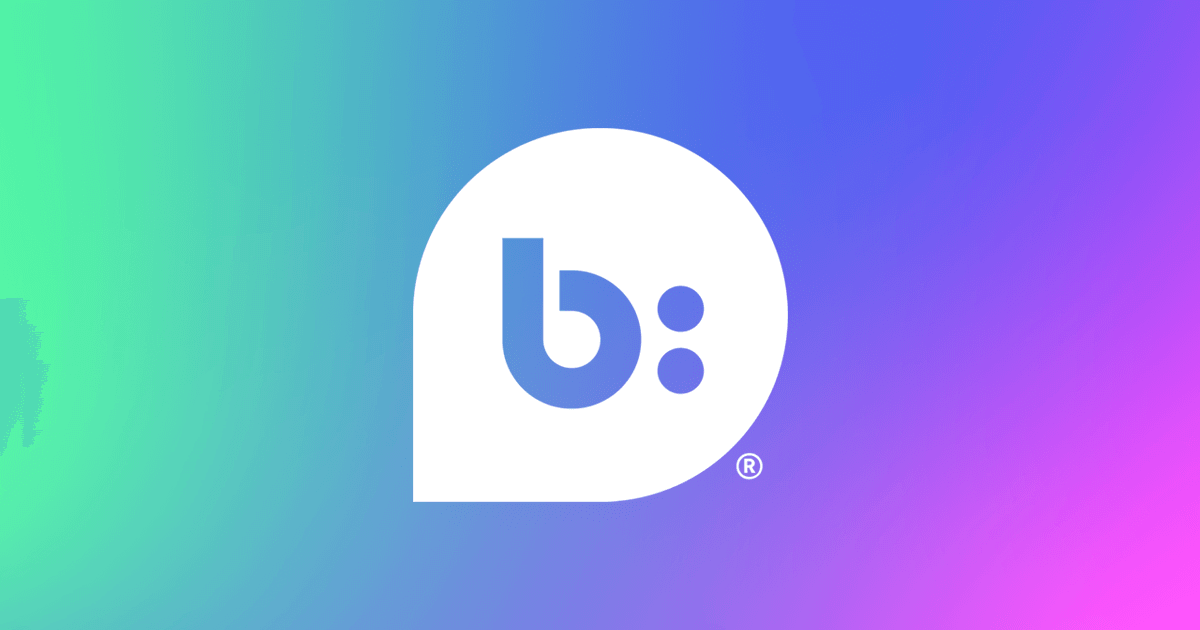May 10, 2023
Life is a highway, some say (Rascal Flatts, in particular) — and so is the customer journey, including all digital touchpoints. Think about the last time you went on a road trip. You had a beginning, middle, and end with some stops along the way. If you had a bad interaction on your drive it can sour the trip, right?
Just like your trip, your customer’s journey has a beginning, a middle, and (eventually) an end. Throughout that journey, they’ll have experiences with your brand like visiting your website, using your mobile app, or interacting with a social media post. These are called digital touchpoints.
Each of these touchpoints is crucial to forming a seamless, consistent customer experience that’s informative and enjoyable. If one doesn’t go well, you risk losing that customer.
Design your digital touchpoints so they’ll give your customer a seamless experience, with quick, easy access to the information they need. And in turn, they’ll feel valued and connected to your brand.
Chapters:
- Start by mapping the customer journey
- How to optimize the essential digital touchpoints
- Take your customers for a smooth ride at every digital touchpoint
Start by mapping the customer journey
You need to map out that buyer journey to determine your ideal digital touchpoints. Sticking with the road trip analogy: You want to get from point A to point B, but you’ll need to stop for gas and food — and maybe a little sightseeing — along the way. Those stops are the (digital) touchpoints in your customer’s journey.
For example, the mega gas station and convenience store chain Buc-ee’s is famous for providing excellent service and a great experience (especially their clean bathrooms!) for travelers. Make your digital touchpoints so amazing that they deliver that same level of service each time.
To design the best touchpoints, identify the most common ways people begin their journey with you and interact with your brand. Once you have those, create a map of your customer journey so that you can optimize each touchpoint along the way.
How to optimize the essential digital touchpoints
Not everyone was born a ramblin’ man who enjoys a long and winding road. Some people prefer to get to their destination as soon as possible. Think of your customers the same way. You want your digital touchpoints to, well, point the customer down the easiest route toward making a purchase. To do that, you’ll need to optimize each digital channel for the best possible customer experience.
1. Search engines
In the Year of our Lord 2023, a lot of people are making purchases online — last year, there were 268 million e-commerce shoppers. And if those people are going to buy from you, they have to find you first.
Back to the road trip: If you’re trying to find a destination, but it’s down some nameless dirt road and doesn’t have a visible sign, you’ll have a tough time getting there. But if the address is clearly displayed and it’s easy to get to, you’ll find it.
Think of your search presence the same way. If it’s not optimized, your customers can’t find you to start their journey with you. Make sure your search presence is optimized with these key elements.
Google Business Profile
If you don’t have this set up, you should — and fast. 87% of consumers used Google in 2022 to look for and evaluate local businesses, and Google also holds the title of being the most trusted review platform.
With a Google Business Profile, you can easily communicate with your customers. In addition to sharing basic company information, you can also showcase products and services. (And your customers can even message you directly.)
A complete Google Business Profile helps you appear in local search results and Google Maps, which is essential if you have brick-and-mortar locations too by the way. One of the best perks? Customers can easily leave you reviews. If you’re managing your relationships with them, that means 5-star reviews that anyone who’s browsing can see.
Search engine optimization
Search engine optimization (SEO) is an important part of any online presence and impacts multiple digital touchpoints. It’s optimizing a website to make it more visible in search engine results. SEO helps make it easier for customers to find your website, which helps drive organic traffic to your website. (And that’s the kind of traffic you want to have — unlike a holiday-weekend backup on I-95.)
SEO also helps improve the quality of the traffic, as it attracts leads who are already interested in the products or services you offer. To optimize your site, you’ll need to:
- Research relevant keywords. Identify keywords and phrases that potential customers are likely to use when they’re looking for your products or services
- Optimize your content. Use those keywords and phrases in the text on your website, including titles, headings, body copy, and meta tags
- Obtain quality backlinks. Build links to your site from other quality websites, like blogs and other websites related to your industry
- Monitor your progress. Track your rankings for the keywords you are targeting and analyze your website’s traffic so you can identify which of those keywords are bringing in the most qualified traffic
Paid search ads
If you have the budget, build a paid search campaign. People don’t usually scroll too far through the search results, so they’re more likely to see you if you’re paying for a top position. For the best experience, you need to determine who you’d like to reach with your paid search ads and then tailor your campaign to their needs.
Choose keywords that are relevant to your audience and your business that send visitors to landing pages on your website that correspond to those keywords. If someone clicks on your ad, you want them to see content that relates to what they were searching for, or else they’ll click away.
Always monitor your campaign so you can make adjustments when needed. It’s also a good idea to A/B test different ad formats by switching your verbiage around to see which ones resonate with your audience. Keep optimizing your paid ads campaign to make sure you get the best possible ROI.
2. Social media
Another place people look for items to purchase is social media — over half of shoppers have been inspired by social media to make a purchase, making it an essential digital touchpoint on your customer’s journey.
Think about your target audience and where they’re most active. Are you selling to Gen Z, who are most likely to find you on TikTok? Or are you marketing to millennials? (In which case, you’d want to focus on Facebook and Instagram.)
No matter what platform you use, you need to post content that both promotes your product and resonates with your target audience. To reach even more people, use hashtags that relate to your posts. For example, if you sell board games that would appeal to people who play Dungeons and Dragons, you could use hashtags like #dnd or #tabletopgames.
Another effective social media strategy is to encourage people to post their own content related to your brand, referred to as user-generated content (UGC). Interact with people who post UGC, as well as the people who comment. And be sure to answer any messages you get in your inbox so customers know you value their feedback.
3. Your website and product pages
If you stop at a convenience store on a road trip and the inside is dirty and the bathrooms are out of toilet paper, that probably isn’t going to be a great experience. It’s the same for your digital touchpoints. You want your website to make a good impression on your visitors. To do that, follow some of these best practices.
Make your site user-friendly
Your site should be intuitive and user-friendly. Don’t make your visitors hunt for the resources they need. Present the information with a clear, visually appealing design that’s easy to navigate.
Also, make sure the site is optimized for mobile devices. 91% of Americans 49 and under say they use phones to shop, so if your site doesn’t load properly on their phones, you won’t impress those users very much.
Display your calls-to-action (CTAs) clearly, too, to help guide visitors to the next step. Make the button a different color, bold the text, or make the CTA button interactive, as Fly by Jing does.

Post relevant, up-to-date content
If your site is full of content that your target audience can relate to, you’re more likely to keep them engaged. Old, outdated content will lead your site visitors to think your site isn’t current and not keeping up with recent trends, and they’ll bounce.
Post content regularly, like new blogs, product tutorials from your customer support team, or recent customer reviews with a tool like Ratings and Reviews.
Along with new content, share information related to your brand and your customers’ pain points with an FAQs page. Give your site users everything they need in one place so they aren’t hunting for answers.
Optimize your product pages
Each of your product pages should be optimized too. Provide detailed and informative product descriptions that accurately portray your products’ features, benefits, and overall value (and hit those important keywords!). Use professional, high-quality photos of your product from multiple angles to give customers a better understanding of what they are buying.
Or if you have any UGC available, feature that as well. Leverage those customer videos and reviews so you can use the power of social proof and drive your page visitors toward buying your products.
4. Online reviews
Online reviews — whether they’re on your site, social media, or Google Business Profile — are important for people looking to purchase, but it’s also a vital digital touchpoint for you. Interact with your reviewers. Thank customers who leave positive reviews, and respond to negative reviews by assuring them you appreciate their feedback and are addressing any issues.
Responding to and engaging with your reviewers shows you care about customer experience. That helps build trust in your brand. Considering that 88% of customers use reviews to discover and evaluate products across the customer journey, it’s a good idea to make these customer interactions a priority.
5. Email marketing
If you’ve ever taken a trip between Atlanta, GA, and Lookout Mountain in Chattanooga, TN, you’ve seen billboard after billboard that says “See Ruby Falls” advertising this natural phenomenon. The idea is to pique your curiosity enough to get you to take a small detour to visit the attraction.
Think of your email campaigns like that very specific reference. You’re sending your customer different “billboards” to advertise your products and services throughout their digital journey. And each email needs to present a compelling reason why your customer should continue working with you or purchasing your products. Build up their curiosity and FOMO along the way.
Your emails are powerful, important digital touchpoints. If you already have their email address, it means they interacted with you at some point. Not only that, but they volunteered to receive emails from you.
Email marketing is also a good opportunity to personalize the customer experience — something today’s shoppers want. Types of emails you can send include:
- Welcome emails. When a new customer signs up to get email updates from you, they likely did it to get a discount. Send them that discount code in this email and thank them for choosing your brand
- Newsletters. Don’t just let customer email addresses sit there unused. Send regular newsletters sharing information about your products, highlighting new blog posts, or promoting upcoming sales
- Product updates: If you make major updates to a product, let customers know so they aren’t surprised. For example, say you sell tumblers and have made a change to the accompanying lids. Letting your customers know will not only prevent confusion, it will also help them feel valued and “in the loop”
- Post-purchase emails. Any time someone makes a purchase from your site, send them a thank-you email. But don’t just leave it at that — give them a reason to come back. Offer some kind of discount code on their next purchase
- Upselling/cross-selling. Say someone buys a tumbler from your company. Send them a cross-selling email promoting your related products like stainless steel straws or extra lids. Or, if they bought a 20-ounce tumbler, try and upsell them with an email about your 30-ounce tumbler
- Sales and special offers. It’s nice to send your customers holiday greetings — it’s also an opportunity to advertise your sales and special promotions. Whether it’s a Black Friday sale or a Fourth of July blowout, send emails to make sure your current customers are the first to know
- Feedback surveys. Measuring customer sentiment is important for managing your reputation. You want to know how customers are feeling after they buy something from you, right? Send them a survey requesting their feedback and sweeten the deal a little by offering them some kind of perk for completing the survey, like a discount code
6. Conversational commerce
Imagine: You’re on your road trip, jamming out to your ’80s playlist when someone calls you, interrupting your flow. That’s exactly why 75% of millennials avoid phone calls (plus, they think they’re too time-consuming). And, tbh, many phone calls could be texts instead.
Think of your customer service in the same light. Talking to someone on the phone does take a while, and no one likes to be on hold (unless your hold music is full of awesome ’80s bangers). That’s where utilizing conversational commerce comes in. Offering live chat on your site is a great way to relate to consumers who just want to get their questions resolved quickly.
Choose a reliable live chat provider (like Talkative) that can handle your live chat, and create a list of answers to frequently asked questions so your live chat agent has those on hand to respond quickly. If you think you may have high volumes of chat requests, you can also use chatbots, which are AI-powered bots that can resolve basic customer issues and escalate the more complex questions to your staff.
You can also proactively offer assistance with a chat pop-up so customers know that the resource is available if they need it. (While we’re at it: it’s also a good idea to also use live chat in your mobile app if you have one.)
7. Mobile apps
Speaking of mobile apps… We all live with our smartphones in our pockets. Or, more likely, our hands (but not while we’re driving, of course!). A mobile app makes for a perfect digital touchpoint because they can help you reach your customers where they are.
You’ll want to design your app so it’s easy to use and compatible with both iOS and Android. Make sure to test for any bugs before launching and before sending out any updates — you don’t want your page on the Apple and Google Play stores to be flooded with negative reviews because an update affected your app’s functionality.
Use push notifications to your advantage and inform people about any special offers, product updates, or discount codes.
8. SMS messaging
Ever been friends with an over-texter? They send messages again and again and again (which can get super annoying if you’re hooked up to Apple CarPlay). Don’t be that person if a customer signs up to receive text updates from you.
Instead, make sure your SMS marketing messages are thoughtfully planned out and only inform customers of important info — like sales and promotional offers.

9. Loyalty programs
Do you have that one friend who is always down to road trip with you? They’re your #rideordie — that’s how you should think of your most loyal customers, too. Reward those awesome people with a customer loyalty program that includes tons of perks and exclusive discounts.
Consider using a point-based system, which increases your sales and motivates customers to buy. If they reach a certain point level, then they get to redeem it for some kind of free merchandise or a huge discount on their next order.

Take your customers for a smooth ride at every digital touchpoint
Interacting with your customers and providing them with a seamless experience across all digital touchpoints across the entire customer journey from beginning to end requires the right tools.
Use Bazaarvoice to get insights and reports about your marketing so that you can continually optimize your digital (and physical) touchpoints to prevent your customers from goin’ on the road again — to a different store.










